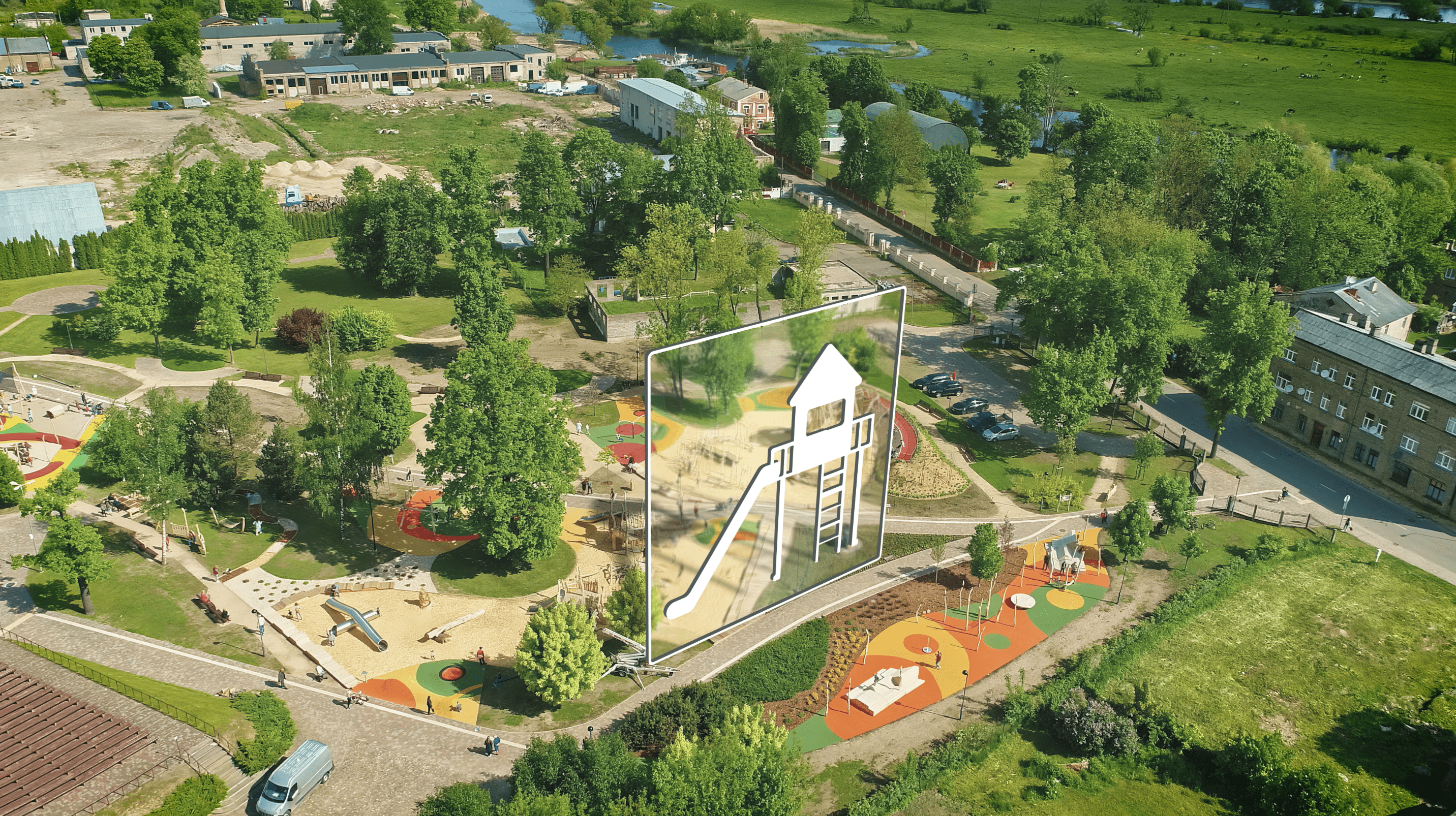Landscape
Rendering

In the realm of architecture, the integration of landscape rendering has become an essential tool for bringing outdoor spaces to life in vivid detail. Landscape rendering allows architects and designers to visualize and communicate the beauty, functionality, and ambiance of outdoor environments, enriching the overall design experience and creating spaces that seamlessly blend with their natural surroundings.
At its core, landscape rendering involves the creation of digital representations of outdoor spaces, including gardens, parks, plazas, and other landscaped areas. Using advanced rendering software and techniques, architects can recreate the lush greenery, flowing water features, and intricate details of the natural world with remarkable accuracy and realism.
One of the primary benefits of landscape rendering is its ability to enhance the visual impact of architectural designs. By incorporating realistic depictions of outdoor spaces into their designs, architects can create a sense of continuity and harmony between the built environment and its natural surroundings. This not only adds to the aesthetic appeal of a project but also helps to create a more inviting and immersive experience for users.
and designers to explore different ideas and concepts for outdoor spaces. By experimenting with various layouts, materials, and vegetation types in a virtual environment, designers can quickly and efficiently test different design strategies and make informed decisions about the final design.
In addition to its practical benefits, landscape rendering also serves as a powerful communication tool for architects, clients, and stakeholders. By creating photorealistic renderings of proposed outdoor spaces, architects can effectively convey their design concepts and vision to clients, helping them to visualize the finished project and make informed decisions about design elements such as plant selection, hardscape materials, and lighting.
Furthermore, landscape rendering enables architects to address sustainability and environmental considerations in their designs. By simulating the environmental impact of different design choices, such as water usage, energy consumption, and biodiversity, architects can develop more sustainable and eco-friendly landscapes that enhance the quality of life for users while minimizing their environmental footprint.
As technology continues to advance, the possibilities for landscape rendering in architecture are virtually limitless. From creating immersive virtual tours of outdoor spaces to simulating the effects of seasonal changes and weather patterns, landscape rendering allows architects to push the boundaries of creativity and innovation in landscape design. By embracing landscape rendering as a tool for exploration, expression, and engagement, architects can create outdoor spaces that inspire, rejuvenate, and connect us to the natural world.
